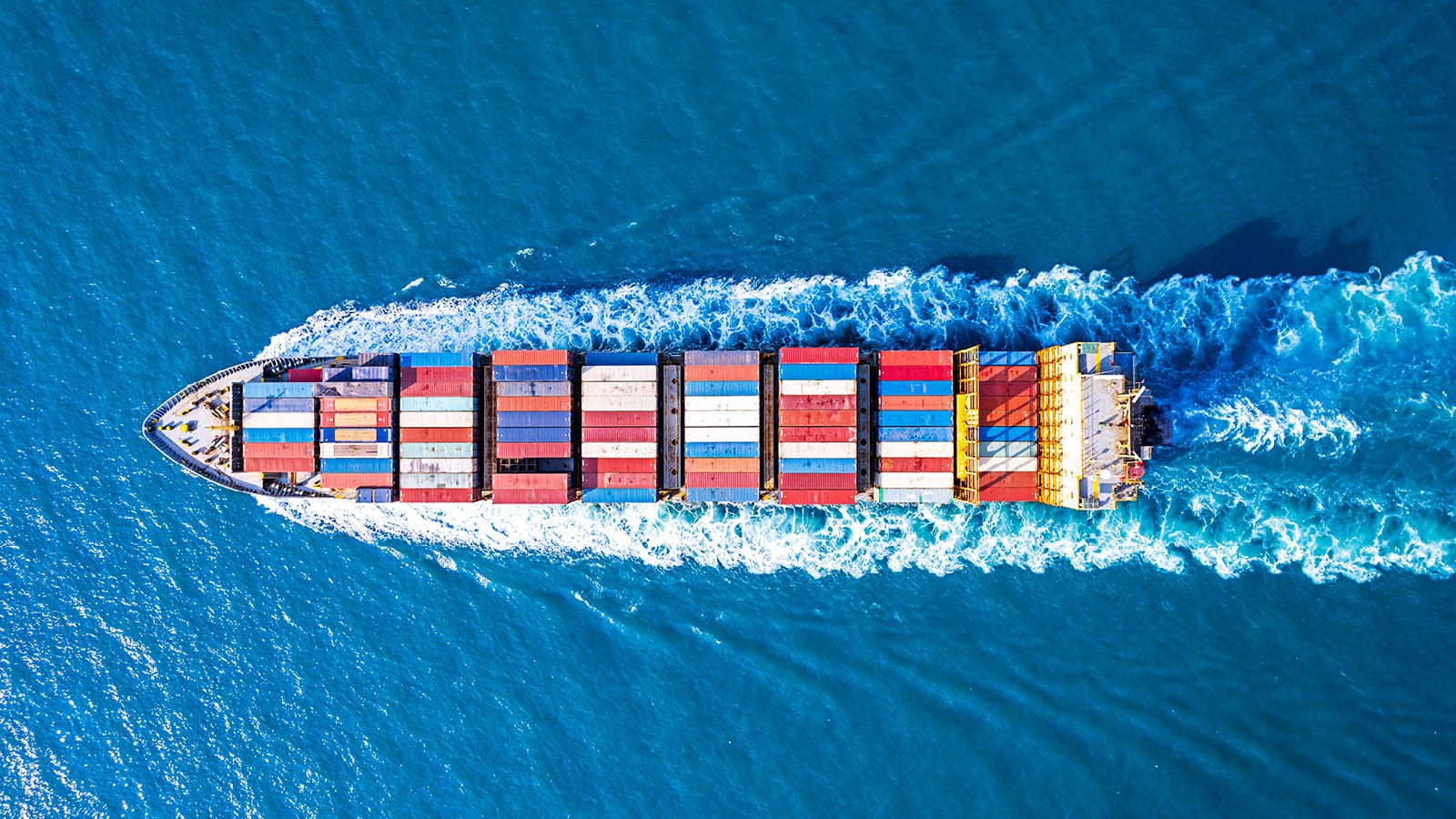In brief
The Australia–United Arab Emirates (UAE) Comprehensive Economic Partnership Agreement (CEPA) entered into force on 1 October 2025, unlocking meaningful new opportunities for businesses trading between Australia and the UAE. With the UAE acting as a strategic gateway to the wider Gulf Cooperation Council (GCC) region, CEPA is designed to remove barriers, reduce costs and provide a platform for long-term collaboration in areas such as renewable energy, advanced manufacturing and digital commerce.
Australian importers and exporters should consider the opportunities CEPA will offer with our largest trade and investment partner in the Middle East.
In detail
- From 1 October 2025, Australian importers and exporters can access CEPA preferences, including zero or reduced tariffs for eligible UAE-originating goods into Australia and for Australian goods into the UAE, subject to the relevant rules of origin requirements.
- Over 99% of Australian goods exports to the UAE are set for tariff elimination upon full implementation; many lines are eliminated on entry into force, with others staged over three or five stages.
- Estimated tariff savings on existing Australian goods exports alone is up to AU$135m in the first year, rising to around AU$160m as eliminations phase in over five years.
- Services commitments lock in market access and national treatment across more than 120 sectors and subsectors, supporting professional mobility and, in many cases, up to 100% foreign ownership.
What changes at the border from 1 October 2025?
- Preferential tariffs: Australia’s Customs Tariff Act 1995 now includes Schedule 16 with preferential duty rates for UAE-originating goods. Many tariffs are eliminated or locked at zero immediately; others phase down over three or five stages.
- Rules of origin and recordkeeping: The Customs Act 1901 has been amended to include CEPA rules of origin and document retention requirements. Importers claiming preference must be able to substantiate origin and retain the relevant records for the statutory period.
- Certificates of origin: Businesses should ensure proof of origin (whether certificates or declarations) are issued prior to shipment. Retrospective issuance can be possible in specific circumstances, but preparation and completeness are essential.
Goods trade: immediate and staged benefits
- Agriculture: Immediate tariff eliminations and reductions enhance competitiveness for red meat, dairy, canola seeds and horticultural exports. Australian red meat exports to the UAE (valued at around AU$460m annually) are set to benefit from duty removal, supporting deeper market penetration. Tariff elimination on dairy products strengthens the position of Australia’s AU$3bn global dairy export industry.
- Industrial and manufactured goods: Automotive parts, aluminium, gold and pharmaceuticals gain from immediate or staged reductions. Vehicle parts, being Australia’s largest export in this category to the UAE at approximately AU$221m annually, see tariffs reduced or eliminated within three years, improving price competitiveness.
- While most of Australia’s imports from the UAE are already duty free, such as crude and refined petroleum and urea (fertiliser), some manufactured goods such as plastics and jewellery will benefit from immediate elimination of tariffs.
Services trade: Market access and skilled labour mobility
- The CEPA provides new market access for a range of important Australian services sectors, including:
- legal
- accounting
- architecture
- medical, dental and health
- veterinary
- other business services including advertising, management consulting, scientific and technical consulting, and services incidental to manufacturing
- communication and audiovisual services
- distribution services including wholesale trade services and retailing services
- financial services
- education services in secondary and higher education
- environmental services, and
- tourism, travel and recreation.
- CEPA provides additional flexibility for skilled labour mobility in support of service provision, including business visitors (for enterprise establishment, meetings and negotiations) for three months in any 12-month period; guaranteed access for managers and specialists for three year intra-corporate transfers; and temporary entry for Contractual Service Suppliers for up to three months.
The takeaway
What to do now
Full benefit of the CEPA is not automatically granted. Businesses need to prepare appropriately to claim preferences without compromising compliance.
- Map your products to CEPA outcomes, confirm tariff classification of the products and quantify potential tariff savings.
- Review and establish processes for ensuring compliance with rules of origin requirements and document retention.
- Review approach for operating in the UAE, including consideration of distribution channels and wholly owned operations where permitted.
- Digitise trade documentation and explore technology solutions (such as ERP modules) to support origin substantiation and faster clearance.
Key questions to stress test your CEPA readiness
It can be hard to know where to start. Answering these self-assessment questions will help to prioritise effort and target gaps.
- Which of our products benefit from immediate tariff elimination versus staged reductions, and what is our savings timeline?
- For Australian exports, are our tariff classifications accurate under the new 12-digit GCC tariff, and do we have controls to maintain consistency across markets?
- Do we have robust rules of origin and certificate of origin processes, including recordkeeping, to support preference claims?
- For Australian exports, are we prepared for UAE specific import regulations on labelling, packaging and standards?
- Where can we leverage CEPA’s services commitments and mobility provisions to deploy talent and scale operations?
- How will we adjust supply chains to capitalise on streamlined customs procedures and faster clearance?
- Can we align offerings with the UAE’s priorities in renewable energy, advanced manufacturing and digital transformation?
- Do we have the right UAE partners or distribution channels, and should we consider wholly owned operations where permitted?
If you would like to discuss how CEPA impacts your business and any next steps, please contact our Global Trade team.
Contact us
Gary Dutton
Partner, National Global Trade Leader, PwC Australia
Paul Cornick
Partner, Global Trade, PwC Australia
Sarah Macchiavelli
Director, Global Trade, PwC Australia
Melissa Camilleri
Director, Global Trade, PwC Australia
Frances Ryan
Director, Global Trade, PwC Australia
















